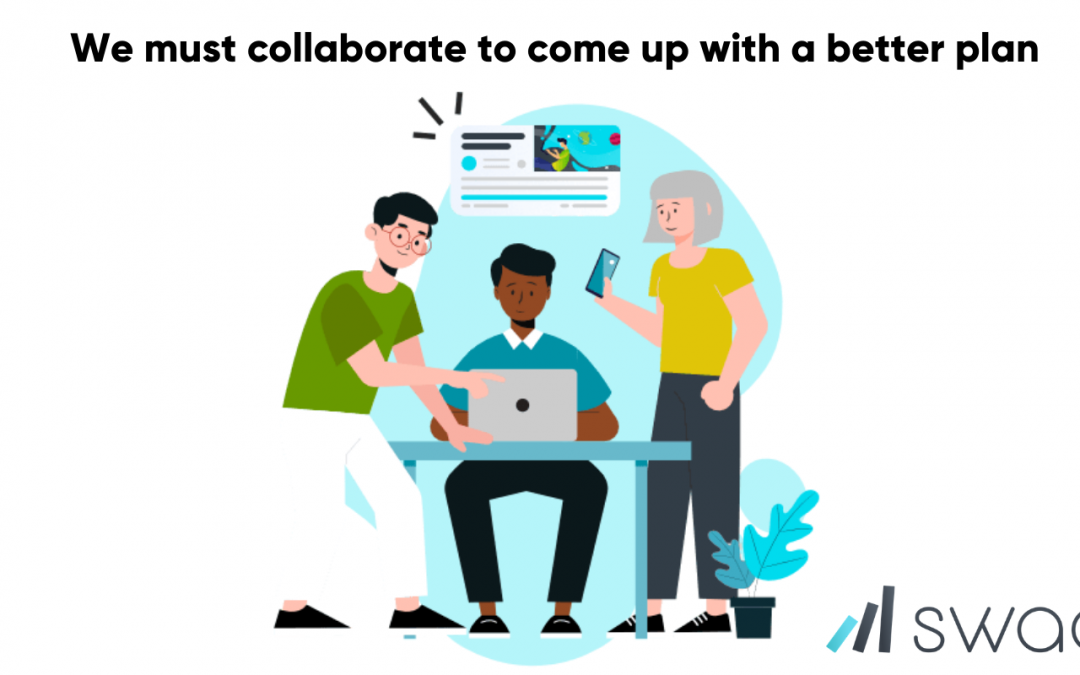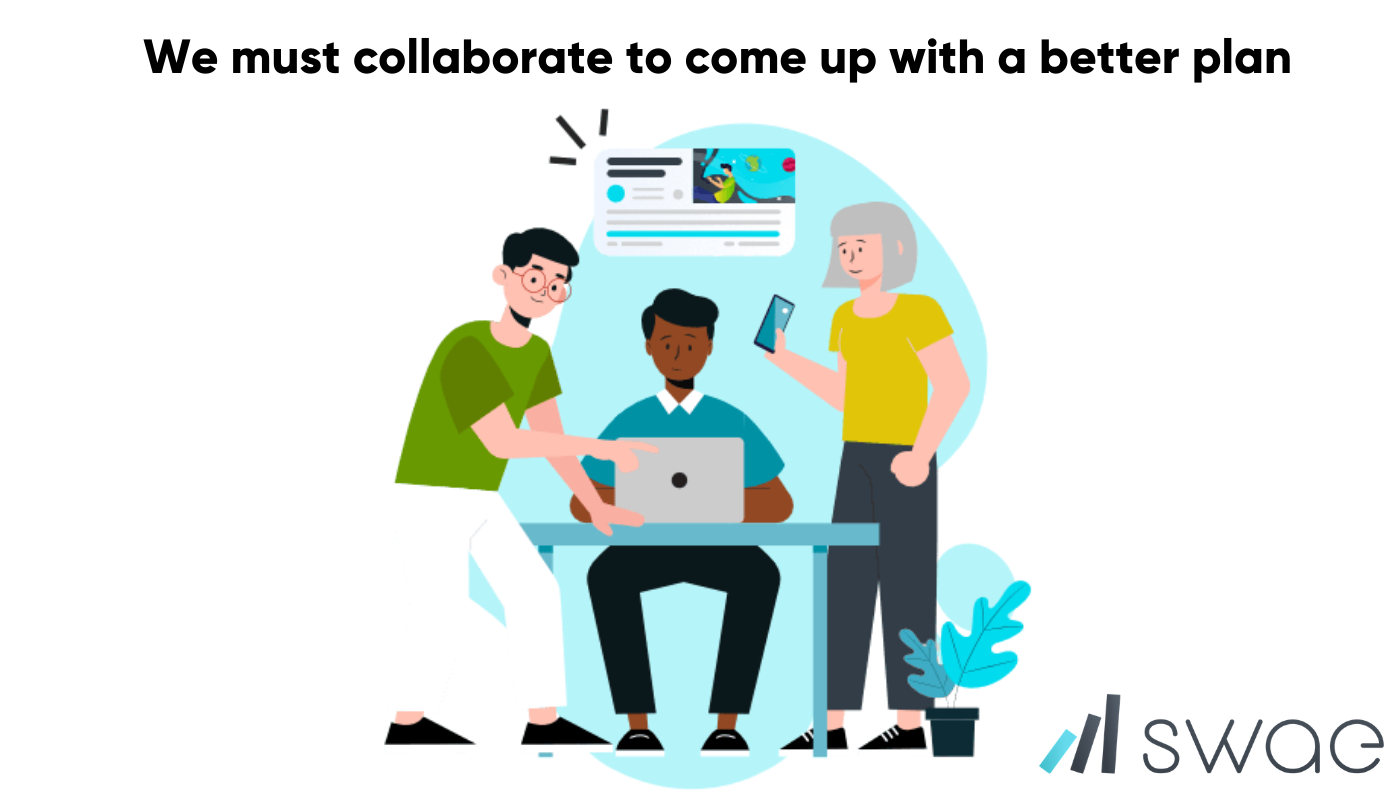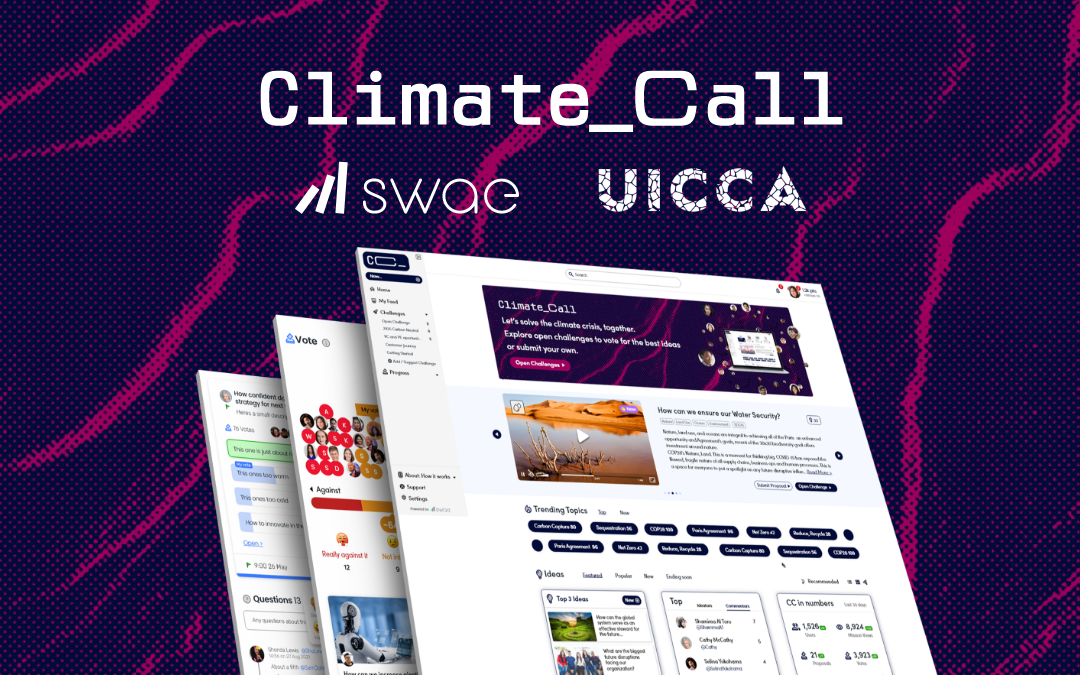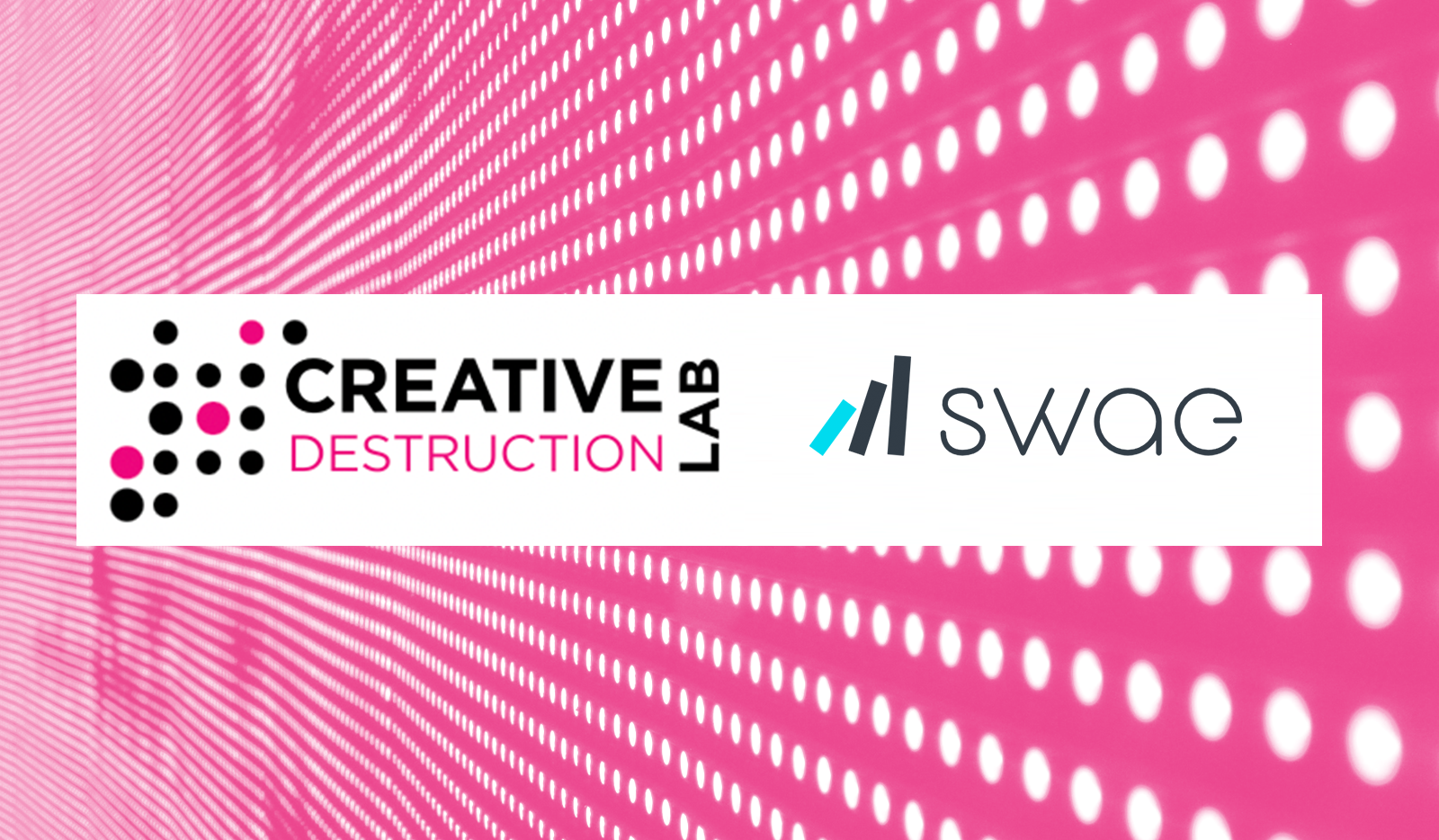
Swae Partners with the Igarapé Institute and the United Nations launching a global digital consultation to strengthen international cooperation
The Igarapé Institute and United Nations Taps Into Our Collective Intelligence Platform to Crowdsource the Best Proposals to Adapt Multilateral Institutions and Global Problem Solving to Meet Tomorrow’s World
VANCOUVER and RIO DE JANEIRO
The world is facing monumental threats ranging from disease outbreaks and climate change to nuclear conflict and deepening inequality. In order to strengthen global cooperation, the United Nations is seeking input from stakeholders across different sectors of society to improve international cooperation. Swae is helping accelerate an innovative digital consultation to enhance and strengthen international cooperation, and reveal creative solutions to tackle the biggest challenges facing the world.
Working in partnership with the Brazil-based Igarape Institute and to support the United Nations Secretary General, Swae is being deployed to canvass the voices of civil society, including leading private sector groups, philanthropic organizations, metropolitan authorities, parliamentarians, labor organizations, humanitarian and development agencies, think tanks and civil society groups around the world. The platform is being used to generate bold and actionable proposals to bolster multilateral action and build a safer, fairer and more sustainable world in the wake of the COVID-19 pandemic.
The digital consultation will use Swae to crowdsource creative proposals for ways to rapidly accelerate delivery of the commitments made by governments in the UN75 Declaration adopted by the General Assembly in 2020. A key priority is identifying bold actionable strategies to bolster the Sustainable Development Goals and Paris Climate Agreement. With the help of Swae, the consultation will generate action-oriented recommendations to help the international community confront and adapt to new and emerging challenges.
The digital consultations are taking place between April and May 2021 and reaching all corners of the world. “This is an unprecedented opportunity to shape a new narrative for multilateral action”, according to Robert Muggah, the founder of Igarape Institute and SecDev Group. “Swae is a critical platform to take these kinds of debates to the next level”, he added. Swae will not just help develop new ideas, it will also ensure a high degree of diversity and inclusion in the consultation itself.
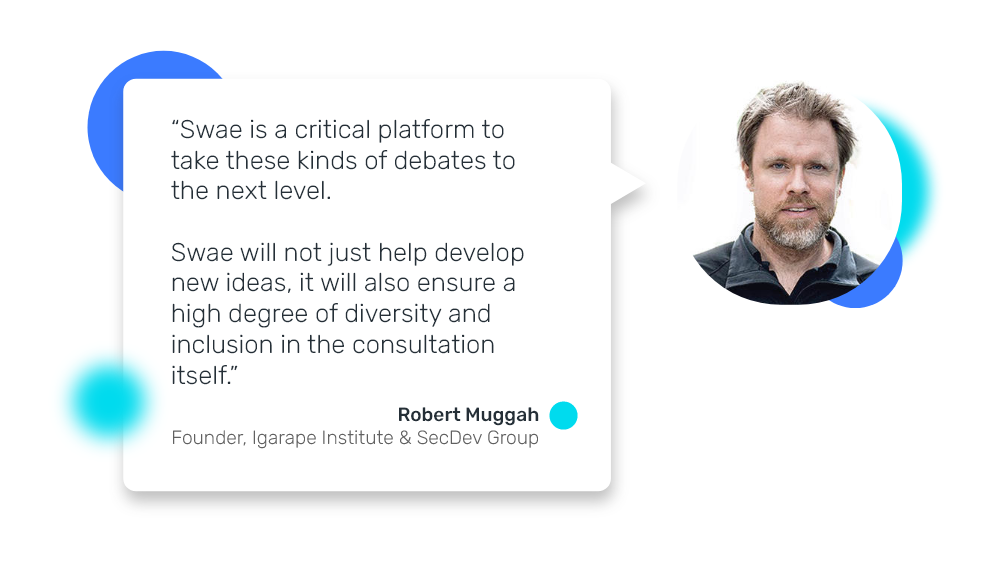
“Swae is a critical platform to take these kinds of debates to the next level”, he added. Swae will not just help develop new ideas, it will also ensure a high degree of diversity and inclusion in the consultation itself.” – Robert Muggah, Founder of Igarape Institute and SecDev Group
“This project is an exciting step in improving the speed, diversity and user experience of consultation processes for critical institutions such as the United Nations. We urgently need to improve the quality of exchange between the general public and decision-makers. This is what Swae is designed to do. We’ve rapidly customized the platform to ensure that the voices of people too often excluded from these kinds of global conversations are front and center.” – Soushiant Zanganehpour, CEO of Swae
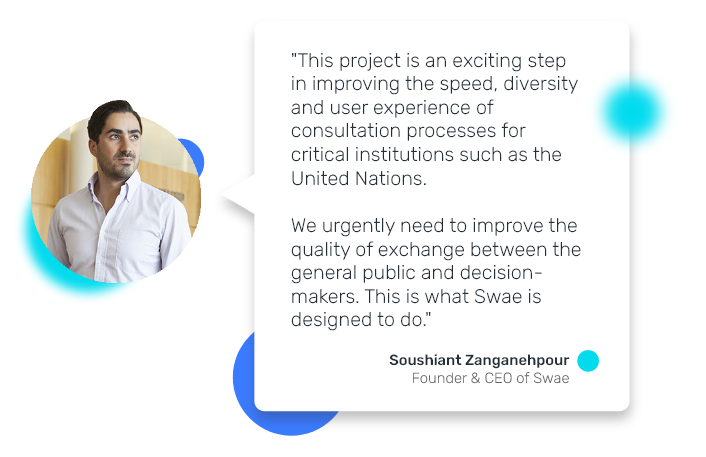
Thanks to Swae, invited participants can access and input to the digital consultation and benefit from the company’s Natural Language Processing and Writing Improvement AI features in all six official UN languages: Arabic, Chinese, English, French, Russian and Spanish.
Video and Visual Preview of the New Swae Platform
Below are screenshots of the all-new platform, redesigned for this consultation.
Screenshots of the New Swae Platform
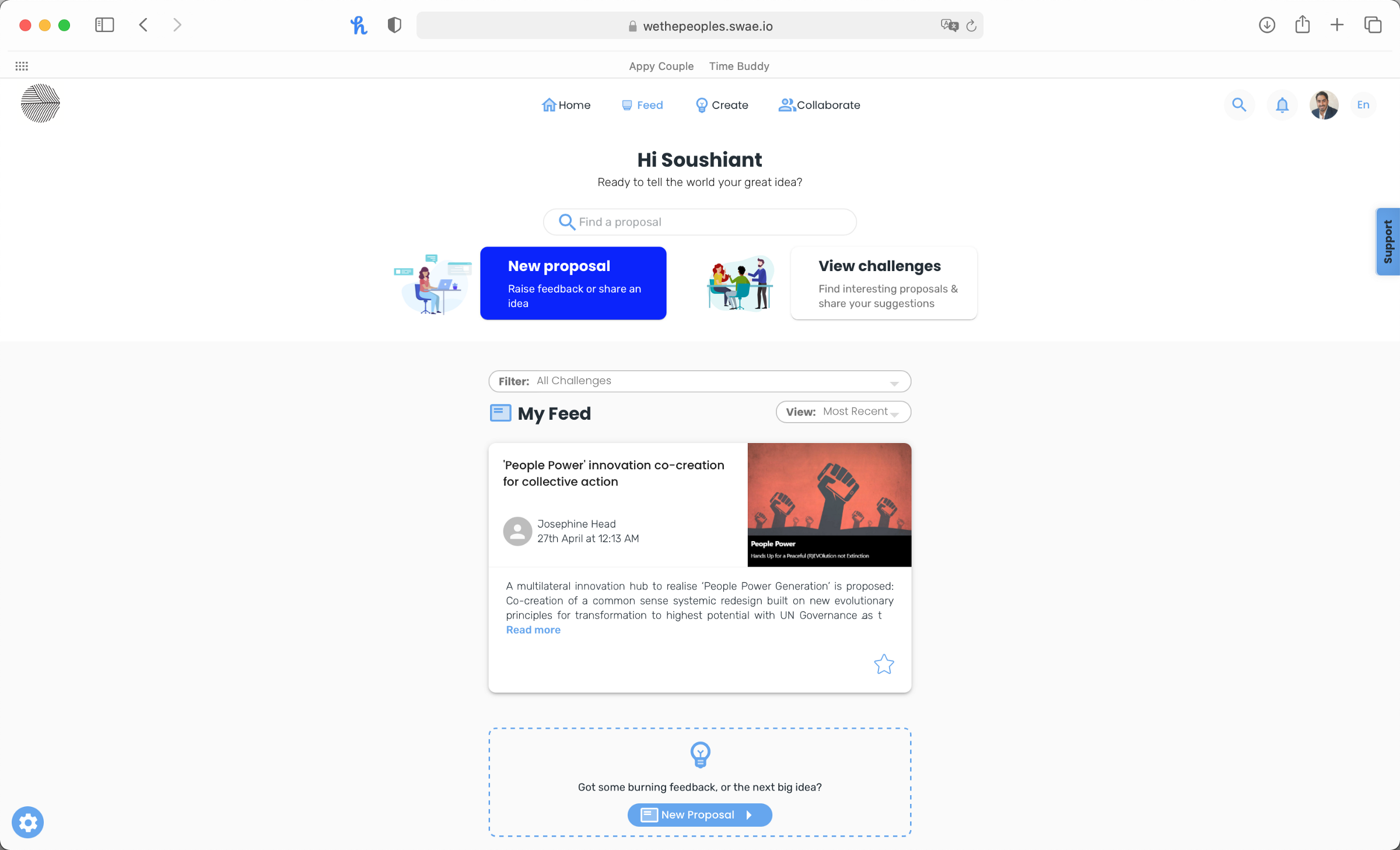
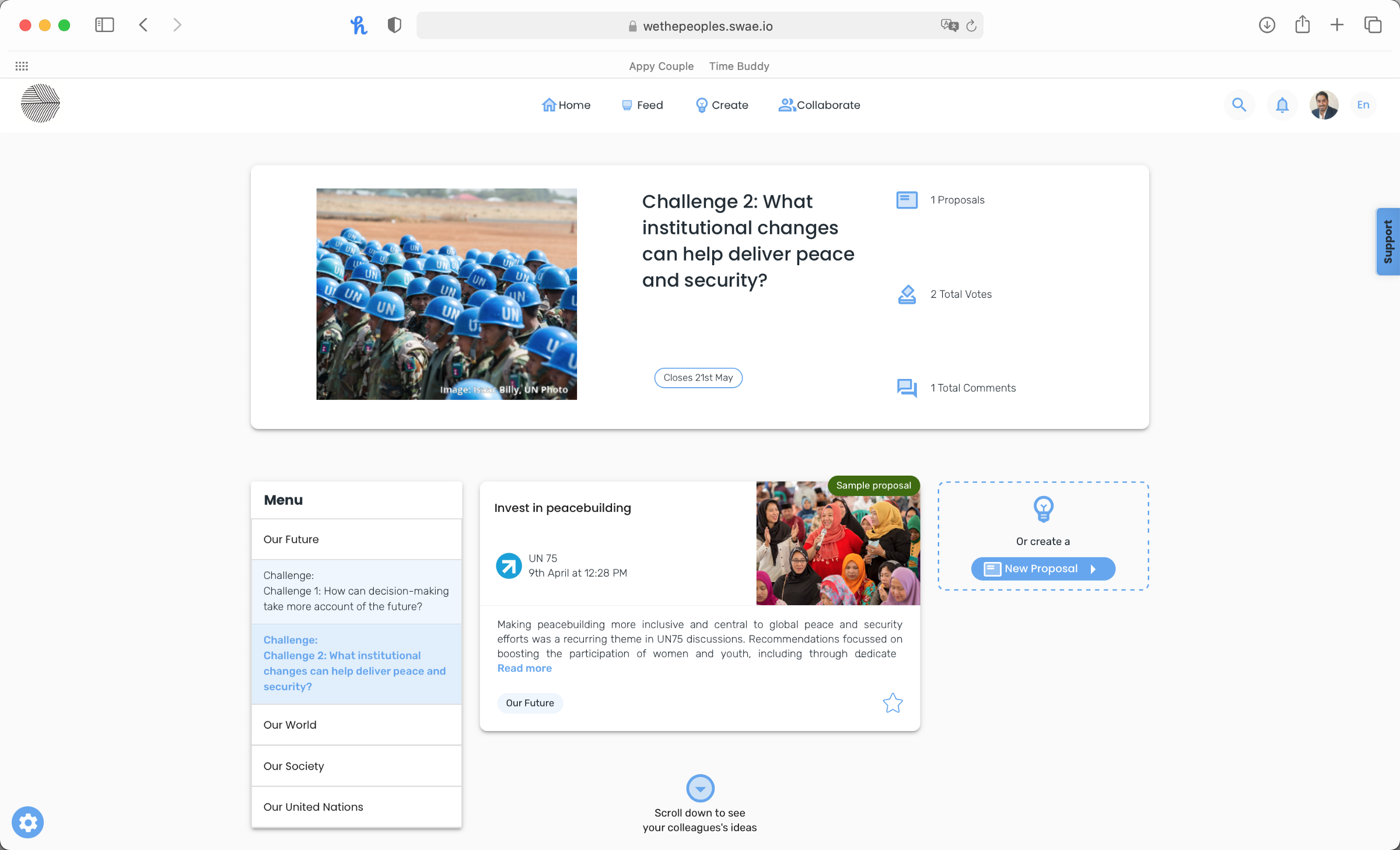

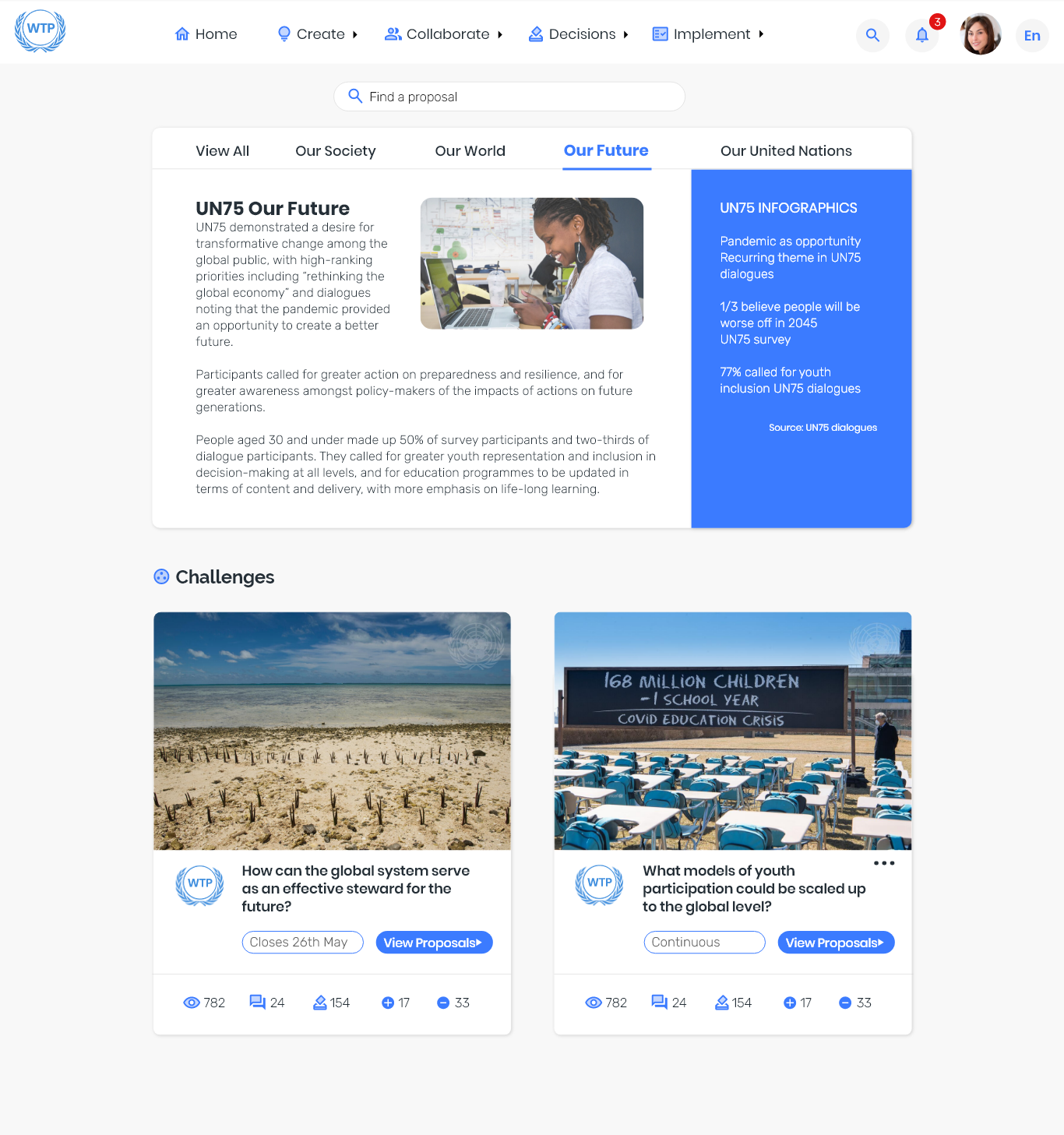

About Swae
Swae is an AI-powered platform for turning feedback into smart, inclusive decisions for organizational improvement. With over 25,000 users, Swae’s platform creates a safe, inclusive, and anonymous space for problem and solution generation inside any organization, allowing leaders to source investable solutions, hear the truth, boost engagement, and reduce bias in important strategic decisions to improve overall performance.
Since launching in 2019, Swae has been implemented for clients such as Etihad Airways, Bosch, Doctors without Borders, Lifelabs, EMC Insurance, and the governments of Mexico and Chile, amongst others. We’ve won many prestigious awards recognizing our innovative approach to hacking through hierarchies and making inclusion useful to decision making.
More Info
FOR INFORMATION ABOUT SWAE, CONTACT: info@swae.io
FOR INFORMATION ABOUT THE DIGITAL CONSULTATION, CONTACT wethepeoples@igarape.org.br
